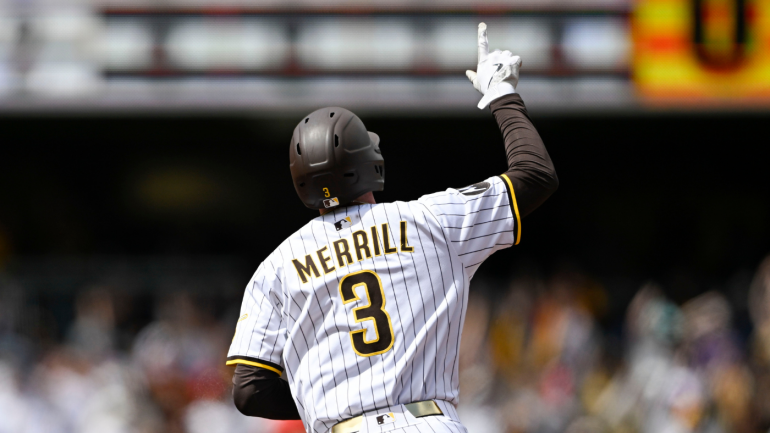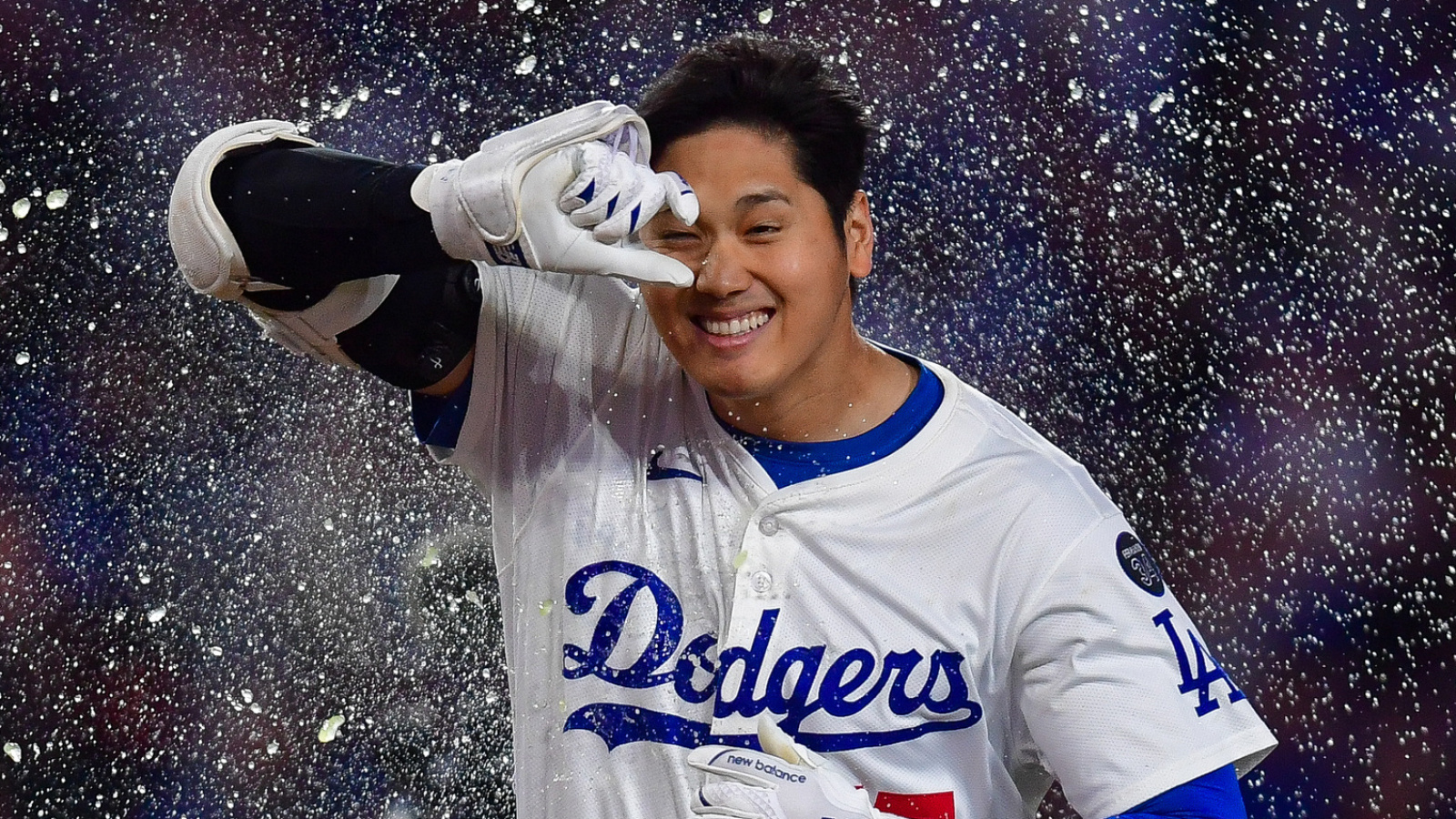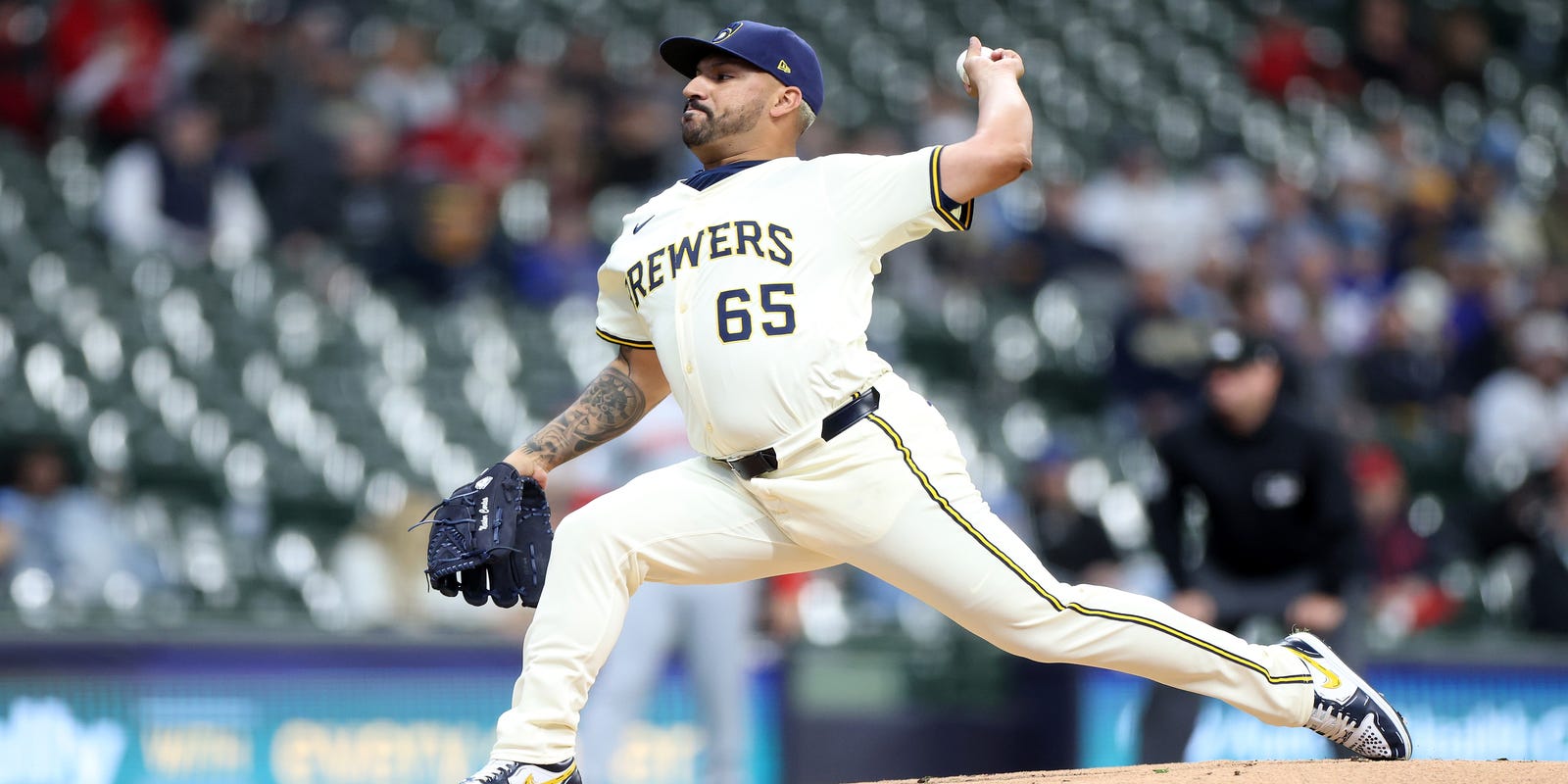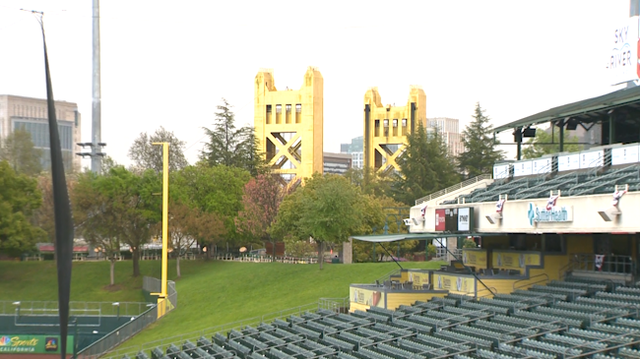
This has been a very busy week around Major League Baseball and not just on the field with the regular season underway. Teams have also taken care of a lot of business off the field. Since Opening Day, five players have signed long-term contract extensions. Big names and big contracts too. Players are getting locked up into the next decade.
Here are the long-term extensions signed since Opening Day:
- Garrett Crochet, Red Sox: 6 years, $170 million
- Jackson Merrill, Padres: 9 years, $135 million with a club option
- Ketel Marte, Diamondbacks: 6 years, $116.5 million with a player option
- Kristian Campbell, Red Sox: 8 years, $60 million with two club options
- Brandon Pfaadt, Diamondbacks: 5 years, $45 million with a club option
Those extensions are on top of the deals signed by Tanner Bibee (5 years, $48 million), Alejandro Kirk (5 years, $58 million), and Cal Raleigh (6 years, $105 million) just before Opening Day. It’s been a very busy 7-10 days.
Extensions after Opening Day are uncommon. Only one player, Ceddanne Rafaela, signed an extension within one month of Opening Day last year. Players often set an Opening Day deadline for an extension because they want to focus on baseball once the season begins, which is understandable. Crochet did that this year. Obviously, his deadline was flexible.
“I wasn’t quite sure (we’d get it done). It was fairly down to the wire,” Crochet told WEEI about extension talks leading up to Opening Day. “So I really wasn’t sure. It was just kind of waiting to hear. There was communication the entire time.”
February and March are usually extension season. November, December, and January is when teams improve their rosters, then in spring training they focus on retaining their players. This year, extension season has spilled over into the first week of the regular season. Five extensions in the first week, including three worth nine figures. It’s out of the ordinary.
Why have there been so many extensions early this season, after the usual Opening Day deadline? Here are six possible reasons.
1. They got close in the spring
Let’s start with the obvious. These extensions likely did not come together just within the last few days. The two sides were surely talking throughout the spring and working hard to bridge whatever gap existed, then Opening Day arrived and they ran out of time. But when you’ve already done that much work, why stuff it in a drawer and wait for next year? Once you get close, you might as well just push it across the finish line, even if takes you beyond Opening Day.
2. There’s probably going to be a lockout
This is not me being alarmist. MLBPA executive director Tony Clark recently said he expects a lockout when the current collective bargaining agreement expires in December 2026. Commissioner Rob Manfred, oddly and almost antagonistically, said a lockout would be a good thing. “In a bizarre way, it’s actually a positive,” Manfred said in January. Yes, bizarre indeed.
Anyway, a lockout is seemingly two years away, and whenever there’s a lockout, there’s a chance regular-season games are lost. When regular-season games are lost, players lose paychecks. Agreeing to an extension now is one way to lock in some money before the uncertainty of a lockout arrives. Look at some of the upfront payments on the recent extensions:
- Garrett Crochet: $4 million signing bonus plus $24 million salary in 2026
- Jackson Merrill: $10 million signing bonus
- Brandon Pfaadt: $2 million signing bonus
- Kristian Campbell: $2 million signing bonus
Even with a Cy Young-caliber season, Crochet was looking at $15 million or so through arbitration in 2026. His new extension will instead put $28 million in his pocket before the lockout. Merrill would have made close to the league minimum as a pre-arbitration player in 2025 and 2026. His arbitration payday was not coming until 2027, after the lockout. Now he’s got $10 million sitting in the bank.
For players in their team control years, agreeing to a long-term extension is the only way to secure a life-changing payday before the 2026-27 offseason lockout. The money is there right now, they’re offering it to you, and you don’t know if that will be the case in a few months. Who cares if an arbitrary Opening Day deadline came and went? Get paid while you can.
3. The next CBA is a giant question mark
I promise you there will be baseball after the 2026-27 offseason lockout. MLB won’t cease operations. We do not know — no one does — what the next CBA will look like, however. Will there be a salary cap? A limit on contract length? These next two years might the last opportunity for players to negotiate a contract in the closest thing to a truly unrestricted market in the four major North American pro sports leagues. No one has any idea what baseball’s financial landscape will look like once the next CBA begins in 2027. Taking the money now means not having to sweat and deal with that uncertainty later.
4. Extensions are good business
From the team’s perspective, these long-term extensions are smart business. You lock up a good young player through his prime at something below his market value. The Padres, for example, will pay Merrill $20 million per year for his age 27-31 seasons. On the open market, Merrill’s a $30-million-a-year player, easy. Come 2029, when he would have been a free agent, he might’ve been a $50-million-a-year player. Now San Diego has him locked in at $20 million annually. Some extensions go bad, that’s inevitable, but generally speaking, teams are usually happy they did them. When you have an opportunity to sign a player at a discount, why let a soft Opening Day deadline stand in the way?
5. They retain PPI status
This applies to Campbell’s extension specifically. Prospect Promotion Incentive (PPI) draft picks are extra draft picks given to teams that do not manipulate the service time of their top prospects. Here are the PPI eligibility rules:
- Rookie-eligible entering the season
- Accrues a full year of service time as a rookie (i.e. no service time manipulation)
- Appears on at least two top-100 prospect lists from Baseball America, ESPN, and MLB Pipeline
- Wins Rookie of the Year, or finishes top three in MVP or Cy Young voting within his first three seasons
When a player meets the criteria, his team gets a PPI pick, which comes immediately after the first round. The Mariners got one for Julio Rodríguez, the D-backs got one for Corbin Carroll, the Orioles got one for Gunnar Henderson, etc. (Players can only return one PPI pick each. The O’s won’t get another for Henderson if he wins MVP this year, for example.)
There is an exception though. Players who sign an extension before their MLB debut are ineligible for PPI picks. The Brewers cannot get one for Jackson Chourio for that reason. The Red Sox, by waiting until after Campbell made his debut last week, retained his PPI eligibility. They can get a PPI draft pick and they locked him up long-term. It’s the best of both worlds. Waiting a few days after Opening Day to extend a top rookie is a way around the PPI eligibility rules.
6. Upcoming free-agent classes are thinning out
This is something of a self-fulfilling prophecy. Every time a young player signs a long-term extension, a future free-agent class gets a little weaker, and it makes it that much important you retain your top players. If you were planning to sign Merrill in 2029, too bad. He’s staying with San Diego. Teams see future free-agent classes declining in quality, which means a) there won’t be many great players to spend money on, and b) their players will be more coveted as free agents. As a result, you have to sign your players now because, if you don’t, other teams will want them when they’re free agents, and it will be much harder to replace them. Weaker free-agent classes lead to more extensions.



